Why the Color of Food Matters..
Jersey City
November 1, 2024
Hi there!
I was just interviewed for an episode of the Joy First Podcast. My former coach and friend Nic is the presence behind the podcast. She is a marketer and color theorist. We talked about the color of food and what it all means. I’ll let you know when the podcast is live but, in the meantime, I thought I’d share bits of our chat.
Fruits and vegetables come in a variety of colors; green, red, orange, purple and beige. Each of these colors corresponds to a different nutrient.
If you’ve ever heard that you should eat the rainbow, here’s why. Eating a variety of fruits and veggies in different colors gives you the benefit of a wide spectrum of nutrients.
You know you don’t want a plate that is all white, grey and brown but you also don’t want a plate that has only green fruits and veggies. Variety is indeed the spice of life!
Green foods contain chlorophyll. These are full of antioxidants and are often considered superfoods. The darker the green, the more beneficial. These foods are loaded with vitamins and minerals that help block carcinogens. They help prevent cancer. Make sure you make them part of your diet. Think, kale, spinach, broccoli, broccoli rabe, Brussel sprouts and green herbs.
Red foods like tomatoes, strawberries, cranberries, red peppers, and red grapes contain lycopene. This is important because it protects against heart disease. Remember that heart disease is the number one cause of death for women. Be sure to eat your red veggies.
Orange and yellow foods have beta carotene. This is important for repairing cells and tissues and it is very important for vision. You’ve heard since you were a kid that eating carrots is good for your eyes. Now you know why. Don’t stop with carrots. Eat sweet potatoes, pumpkins, mangos and winter squash. BTW - beta carotene is also good for your heart.
Purple and blue food delays cellular aging which means you will look younger longer! I call these foods the anti-foods because they are anticancer, anti-inflammatory, and anti-diabetic. They help with brain function and memory. Eat your blueberries. If they are out of season, buy frozen. You can also eat plums, purple grapes, and eggplant.
The last color is beige and includes foods like garlic, onions, shallots, mushrooms and cauliflower. These foods contain potent anti-inflammatory agents. They are also especially good at preventing digestive tract cancers.
How much do you need to eat? The research says 6 to 8 servings daily of a combination of various fruits and vegetables. This may seem like a lot, but it really isn’t. Think about having a cup of berries for breakfast, an apple for a snack, a loaded salad for lunch, a side of veggies for dinner and 1 or 2 Cuties for another snack. You’ve more than met your quota! If you have a smoothie, you’ve added even more of the good nutrients. You’ve got this!
Be well,
Laura
And more...
· Please, please, please watch “The M Factor”. It’s on PBS and is only 1 hour long. It’s a great documentary on menopause. Grab a couple of friends and have a showing. And then let’s discuss. Send me an email and let me know what you think about it.
· Since this email is about veggies, I thought you might enjoy this article. I found it fascinating. Skip the ad and just read the article. I’m going to try some of these, and I’ll let you know what I think but the fact is, if veggies tasted better people would eat more!
· How much tuna fish do you eat? I have it maybe every other week and I do wonder how much mercury I’m ingesting. Whether you eat fresh tuna or canned tuna, you should read this article. Life is about making informed choices. This article gives you the facts so you can make wise decisions.
